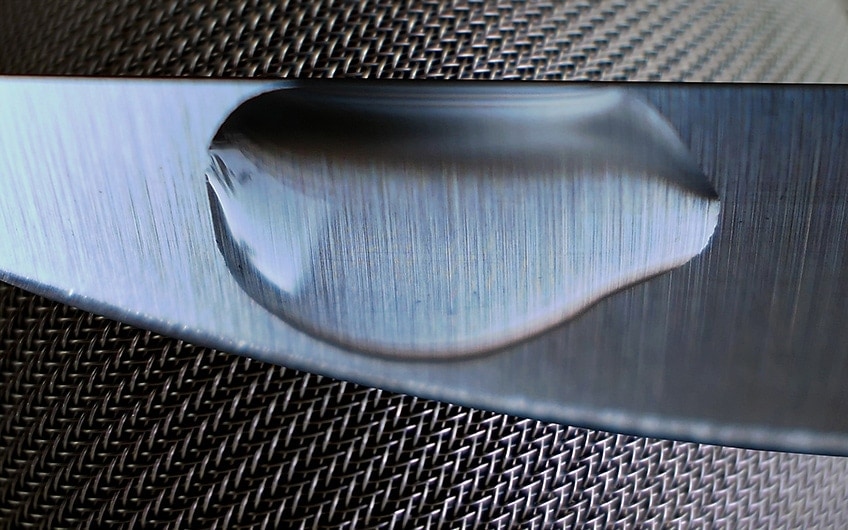Out of 118 elements on a periodic table, 95 of them are metals! Metals occur everywhere under the seas and in space like lead dust, and they serve various uses, from building and construction to manufacturing. However, a broken piece of metal can bring all your house’s activities to a standstill! Apart from welding together broken metals, glues serve a vital role to be able to repair also metals. But gluing together metal parts can be tricky because most metals are slippery! In this article, we will highlight some of the exciting things you should know about metals.
Types of metal glues
Just like metals cover over 80% of the total elements known today, metal glues similarly come in a wide range to be able to repair also metals and serve in different areas and types of machinery.
- Epoxy Adhesives
Epoxy adhesive exists in two forms, the adhesive, also known as resin, and the hardener. The resin is mixed with a specific catalyst (hardener) to initiate an exothermal reaction that results in the formation of covalent bonds. The covalent bond forms a long-lasting bond that connects two metals or concrete and metal together.
The epoxy adhesive dries quickly in less than five minutes, and the strong bond formed while repairing metals makes this glue a right candidate in aiding home DIY projects. Furthermore, epoxy glues are used as fillers- filling the gaps between metals and bricks or stones; also, if you have a cracked surface, try using them!
- Polyurethanes
These are other types of standard adhesives that form strong bonds to be able to repair also metals; also, they have interesting properties that make them ideal for home and industrial applications. Polyurethanes branched from organic chemistry, which means they possess staunch properties like the inability to dissolve in water and resistance to destructive UV rays. Ironically, polyurethanes can’t set well in humidity deprive areas, so be sure to introduce moisture before you can use these single-part adhesives.
Other than forming composite waterproof connections, dried polyurethanes surface can be modified through smoothening and painting. Additional, cool properties that make this glue suitable for fixing kitchen appliances is that it does not shrink even after exposure to extreme temperatures, such as in ovens and microwaves. Also, the inability to shrink earns polyurethanes an essential role in mending artistic and aesthetic metals, especially broken frames or metallic flower vases.
- Super glues
Super glues are indeed super because they work on various materials and metals. Ethyl cyanoacrylates are the key components in superglues that crown them strong adhesive qualities to be able to repair also metals.
Super glues are super fast, and once applied on a cracked metal surface, they dry instantly, resulting in an inseparable bond; hence, be sure to work at lightning speed, or else, you will repeat the process.
These are the major types of metal glue you can add to your shopping list before you launch your DIY projects and test your skill sets in metallurgy! However, getting quality adhesives does not guarantee a successful process of bringing together crumbling metal parts! What else do you need to know?
- Get ready
Not all broken pieces can be fixed together with adhesives; some are ruined and can’t work anymore. Check if the two surfaces fit in each other like a nut and bolt and if some parts are out of shape, try correcting them with a hummer to be able to repair also metals. Also, open your windows if you are mending metals while indoors; otherwise, outdoor places should serve as a perfect workshop. The reason why you should work in areas sufficiently circulated with air is to allow the volatile chemicals released from the glue that could harm you or even result in a fire to disseminate out of the house!
- Clean the surface
Clean the surfaces with a damp fabric to remove all the dust, dirt, and lose materials. And remember, if you are using polyurethanes, the dump clothe will provide the water vapor required in bonding.
- Apply the glue on the dried surface and leave it for 30 minutes; if you are using super glue while polyurethanes and epoxy adhesives, you will wait for more than 6 hours to be able to repair also metals. Finally, paint or shave off excess glue, and the broken metal will be in good shape once again!
